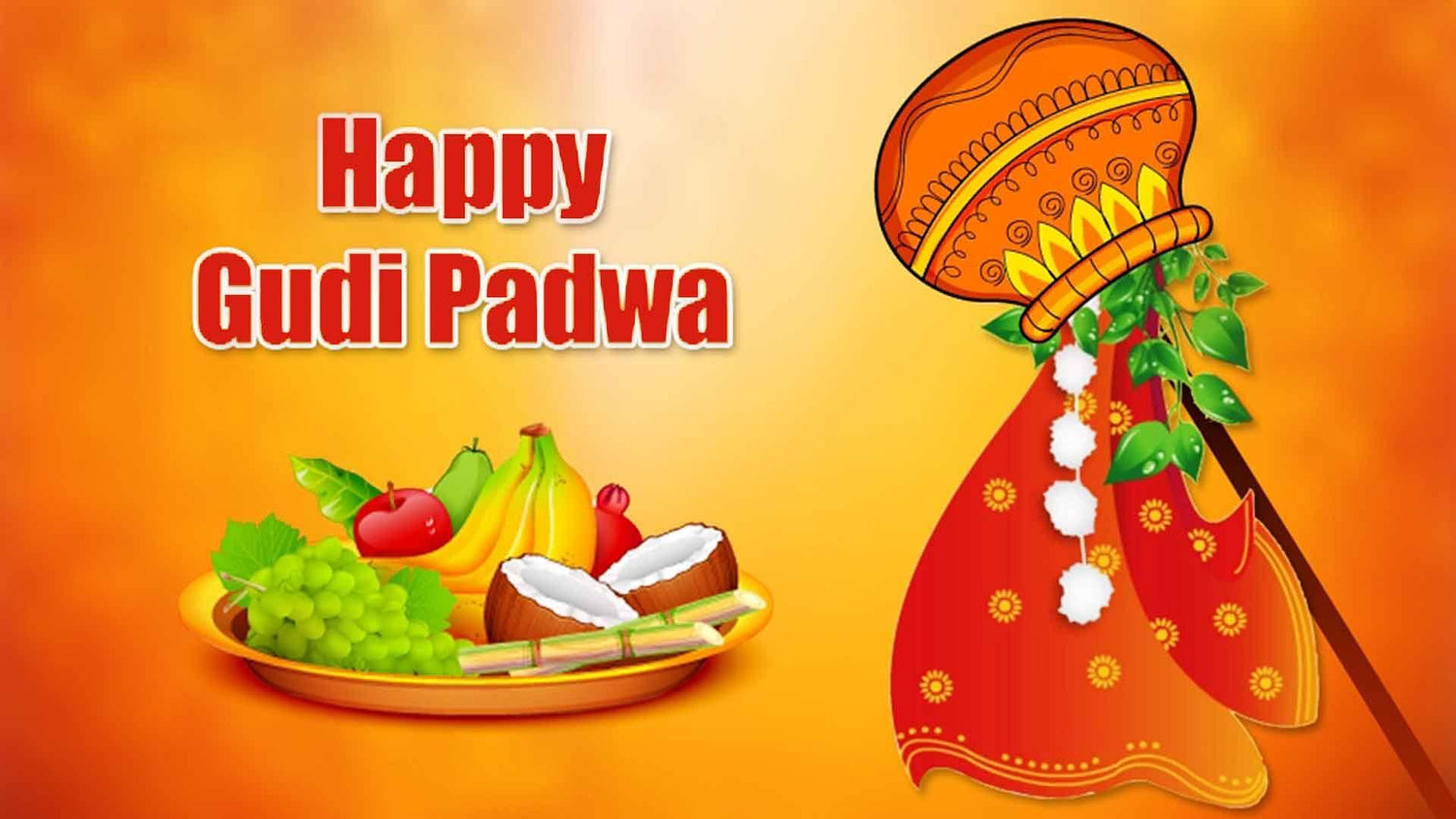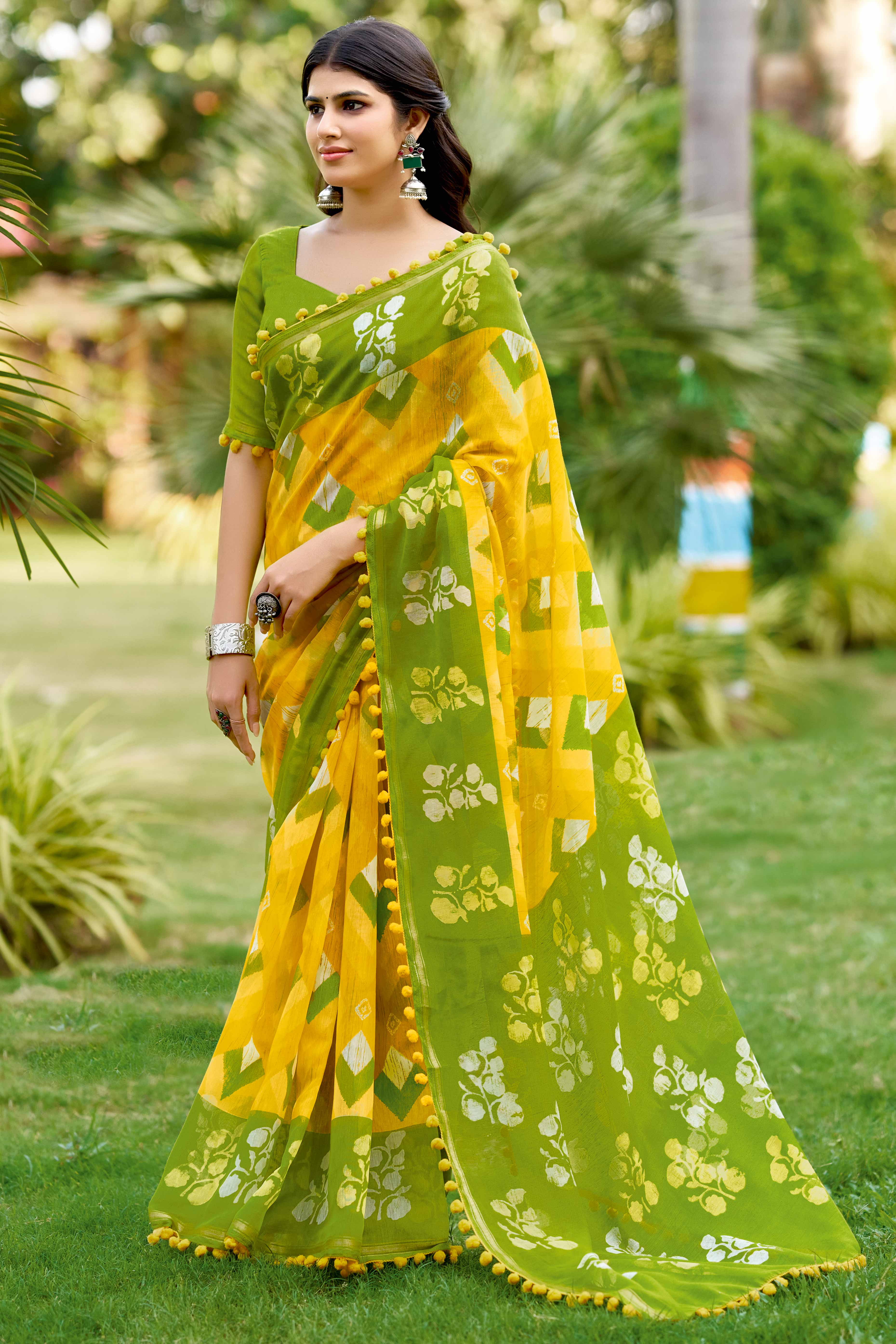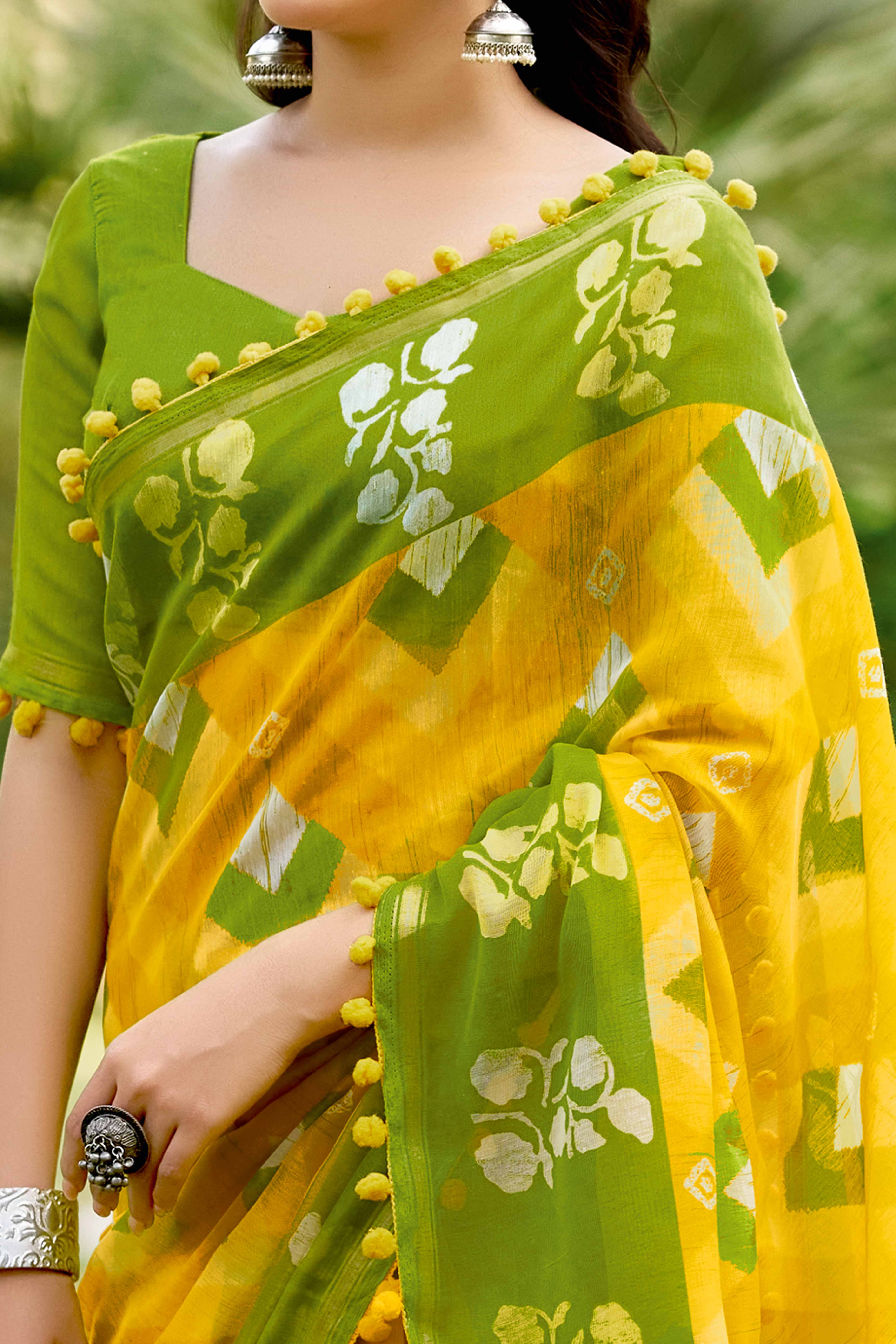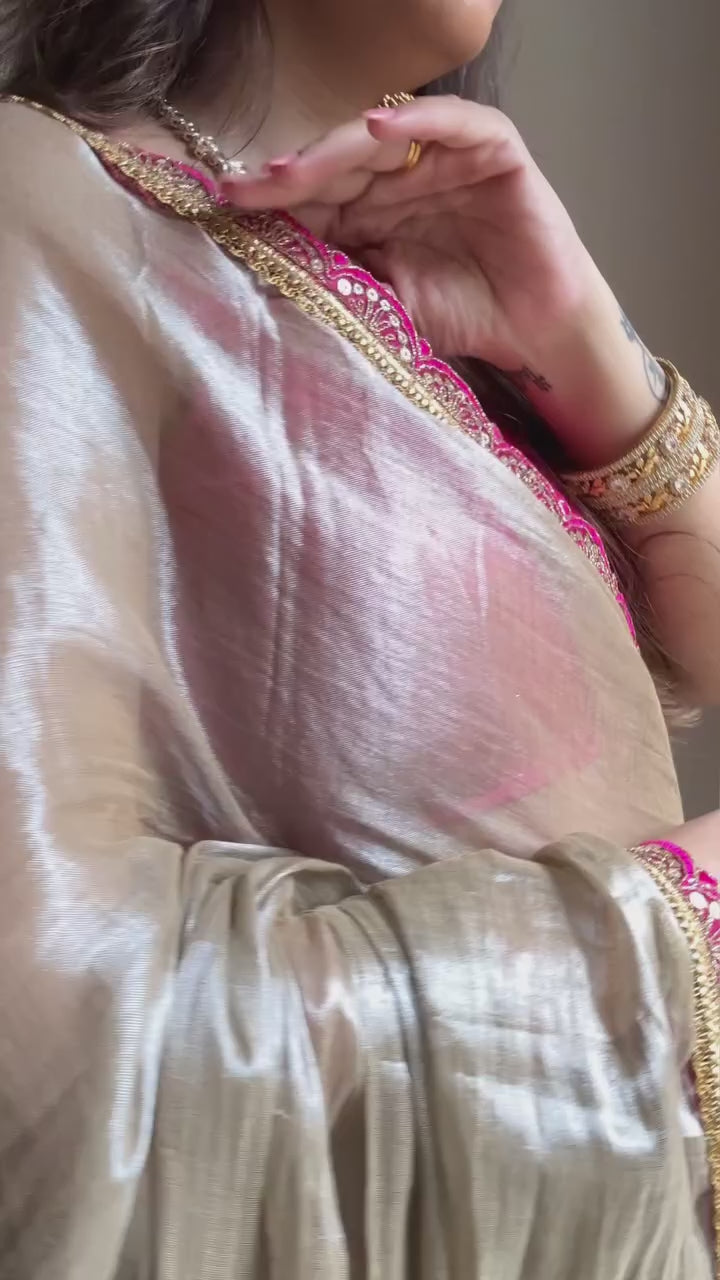Gudi Padwa is celebrated with immense zest and fervour across Maharashtra and amongst Maharashtrians all over. This festival marks the beginning of the New Year for them and also the beginning of prosperity, success and heralding new opportunities in life.
This day falls on the first day of the Chaitra month as per the Hindu Calendar and marks the first day of the waxing phase of the lunar month. This day is also celebrated as Ugadi amongst Telugus, Cheti Chand in Sindhis, Yugadi amongst Kannadas and Navreh as Kashmiri New Year.
Gudi Padwa falls on one of the three and half days of lunar calendar called ‘Saare Teen Mahurat’. Each and every moment of this day is highly auspicious for new beginnings.
SIGNIFICANCE
Gudi Padwa marks the beginning of spring season and is one of the most important harvest festivals in India. Also marking the Marathi New Year, it is believed that according to shaka calendar, it was on this day that the Shalivahan dynasty defeated the shakas. According to Hindu puraan, on this particular day Lord Brahma had created the world.
This day is also symbolic of the victory of Lord Ram over Raavan and celebration of the victory of good over evil.
The Gudi also marks the victory of Maratha forces led by Chhatrapati Shivaji Maharaj, and is a celebration of victory and evocative of the successful return of the Maratha forces to their homes post the war.

CELEBRATION
Maharashtrian households traditionally erect a bamboo staff in front of their houses called gudi. Ideally, the gudi is placed at the right of the entrance to the house. This is considered as a harbinger of good omens, success and prosperity. A red cloth is then tied around this gudi that is weaved in brocade or with zari work. Mishri (sugar crystals), mango leaves and red colored flowers tied in a garland are tied around the stick. Then a matki (earthen pot) or a copper vessel is hung upside down on the gudi and is decorated beautifully with garlands and flowers. The gudi is hung high up to ensure greater visibility.

The native villages of Maharashtra plaster the entrances of their homes with cow dungs as a symbol of holiness.

The Prasad that is offered to the gudi is also traditionally made consisting of neem leaves, haldi, ajwain, chana dal (gram pulse) and gud (jaggery). The popular belief goes that the year brings upon new beginnings and hence the Prasad which strengthens your immunity system and prepares you to face hurdles better.
On the day of Gudi Padwa, people get up early and clean their houses immaculately and then decorate them with flowers and draw rangolis at the entrance to mark this festival.
DELICACIES

Maharashtrian families after having performed the ritualistic puja of the Gudi then prepare scrumptious food and sweets. Traditionally, shrikhand and puris are made in Maharashtrian households. Many people also mark the festival by making pooran poli= sweet roti and soonth panak with chana. The neem leaves used as offerings are then consumed with jaggery as the festival’s custom to purify the blood and for a stronger immune system of the body.
In Andhra Pradesh and Karnataka where this day is celebrated as Ugadi, a typical preparation called Ugadi Pachchadi is made of neem, raw mango, haldi and jiggery.
Married Maharashtrian women wear sarees with zari or thread work in golden while performing puja. In a lot of sections of the society, a coconut is placed atop the gudi and after the puja is performed kids and males of the families gather to form a pyramid structure and break the coconut kept in the gudi.
Peachmode wishes one and all a very joyous and happy Gudi Padwa that brings along immense success and prosperity and opportunities to embark upon new endeavours. And here’s our specially curated collection for Gudi Padwa and some handpicked outfits to make your celebrations all the more reverberating with festive fervour!


























